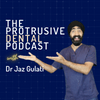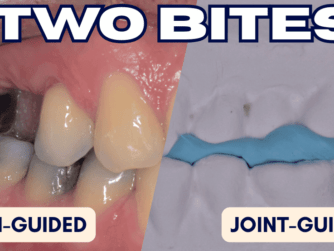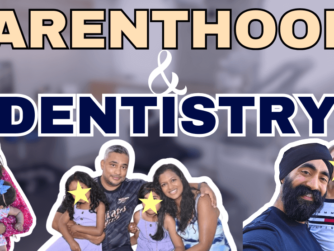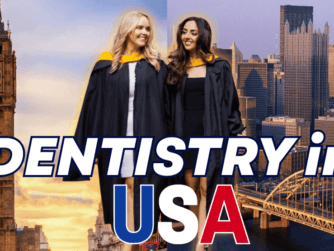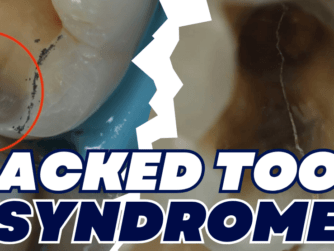Podcast: Play in new window | Download (Duration: 1:06:41 — 94.7MB)
Subscribe: RSS
You asked, we answered! Q&A with a Dental Technician – everything you wanted to ask (but never did) from our Facebook community.
A legendary Dentist once told me that an average dentist working with a good technician will do well in their career. This advice has always stuck with me ever since. I recorded this episode with one of my technicians Graham Entwistle of Trueform Dental Laboratory who has been a pleasure to work with.
From shade matching to getting the occlusion right, we made quite a geeky little episode which was well worth the 200 mile round-trip to his lab!
Download Protrusive App on iOS and Android and Claim your Verifiable CPD/CE by answering a few questions + You can get EARLY ACCESS to the episode + EXCLUSIVE content
Protrusive Dental Pearl: It’s high time that you find your ideal dental technician, build a relationship and grow together. Whether you are using a big lab or small lab, try to visit and meet them and be open to getting feedback and criticism from that ONE technician that will elevate you. Don’t forget to give credit to your technician for their craftsmanship – take a photo of their work being fitted and email them – credit them on social media!
Highlights of this episode:
- 2:32 Protrusive Dental Pearl
- 7:55 Graham Entwistle’s Introduction
- 13:41 Q1: Analogue vs Digital?
- 17:11 Q2: Impressions or Scans for Veneers?
- 18:32 Q3: Is Digital good enough for high-end work and multiple crowns?
- 21:12 Q4: Are our impressions and scans good enough for you?
- 26:15 Q5: To break contacts or not to break contacts for veneers?
- 29:09 Q6: How does Graham create digital models with unbroken contacts of veneer preps?
- 30:35 Q7: What is the best material for masking discolored anterior teeth?
- 36:16 Q8: Shade matching for a Single Incisor Crown – the hardest thing in Dentistry?
- 42:06 Q9: How do you overcome contact point issues with digital as opposed to stone models for single crowns?
- 48:55 Q10: Digital Triple Tray or Full Arch Scans?
- 52:32 Q11: Getting the occlusion right for crowns
- 55:26 Tips for dentists to help the technician to get the bite right
Dr. Mahmoud Ibrahim and I are currently working on a huge project called OBAB, Occlusion Basics and Beyond – it will be the best occlusion resource in the Milky Way…and that’s our mission! We want to finally demystify Occlusion and make it Tangible!
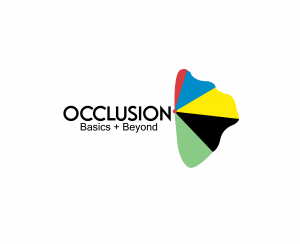
Join the waiting list HERE!
If you enjoyed this episode, you may also like another episode with Graham Entwistle: 5 Things your Technician Wished You Knew
